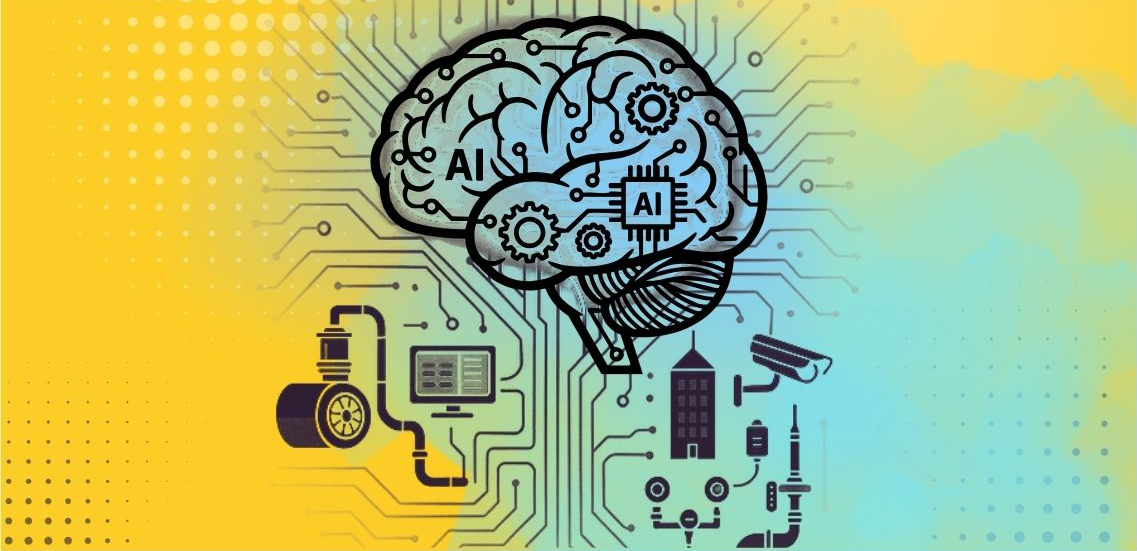
For more than a decade, smart buildings have promised a revolution- systems that self-regulate, environments that respond intelligently to occupants, and operational models that are data-driven and predictive. While there have been incremental gains, the reality has often fallen short of expectations:
- Systems remain fragmented and hard-coded, requiring specialist knowledge to manage.
- Dashboards overwhelm rather than empower, leading to data fatigue.
- Facility teams struggle with skills gaps and vendor lock-in
Intelligence is constrained by configuration files, static rules, and tightly bound integration logic. And as buildings age, these systems degrade in value rather than improve.
From Automation to Adaptive Intelligence
We are at an inflection point, driven by advances in:
- Artificial Intelligence (especially generative and agentic AI)
- Edge computing and IoT instrumentation
- Composable software architectures
What’s emerging is a cognitive layer – a foundational intelligence that sits above and between existing systems. Unlike previous approaches, this layer is not hard-coded. It’s self-learning, context-aware, and goal-driven.
Instead of simply reacting to inputs, it perceives patterns, understands intent, and orchestrates outcomes across systems.
Benefits of the Cognitive Layer
This isn’t just smarter software. It’s a paradigm shift in how buildings are managed, how value is delivered, and how users interact with the built environment.
1. Democratisation of Building Intelligence
Facility managers no longer need to be data scientists. The cognitive layer interprets complexity and presents actionable, goal-aligned recommendations. In many cases, it simply takes action.
2. Operational Efficiency at Scale
With AI optimising equipment run-times, occupancy-based conditioning, and predictive maintenance, buildings become proactively efficient rather than reactively managed.
3. Reduced Total Cost of Ownership
Over time, the system learns optimal configurations, detects faults early, and reduces downtime- resulting in lower energy bills, reduced maintenance costs, and fewer escalations.
4. Human-Machine Collaboration
Instead of dashboards with endless charts, AI agents become collaborators-natural-language interfaces, intelligent assistants, and real-time co-pilots for technicians, tenants, and operators.
